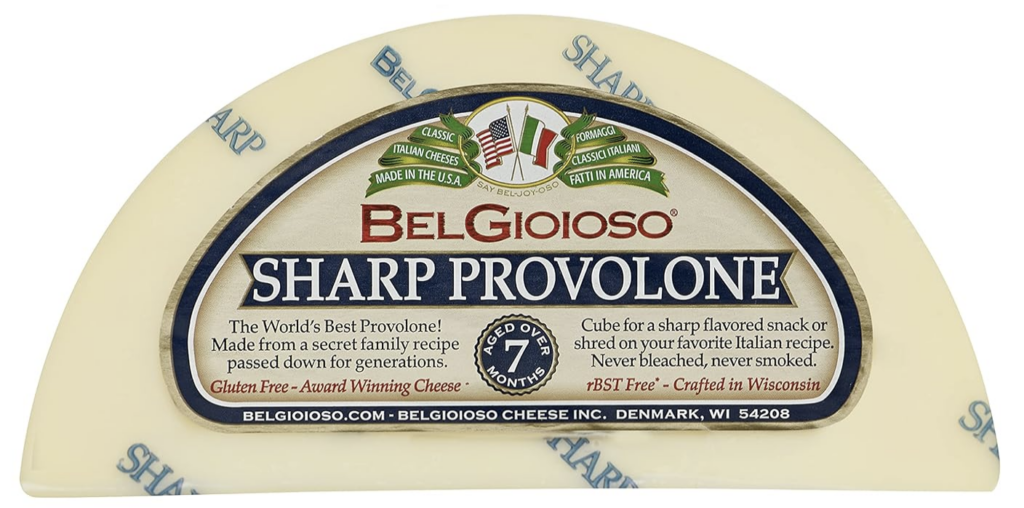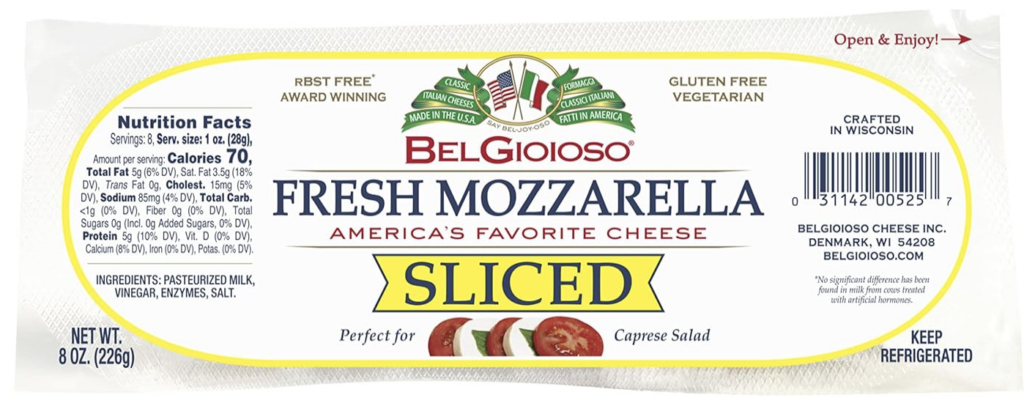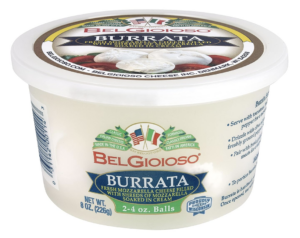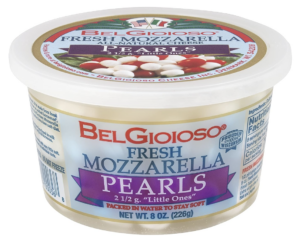The hands-on method of producing cheese produces quality products.
The most common cheeses produced include cow’s milk. However, milk from other animals such as sheep, goats, buffalo, reindeer, camels, and yaks gets used too.
Making quality cheeses starts at the farm. Using milk from cows not treated with recombinant bovine somatotropin (rBST), also called recombinant bovine growth hormone (rBGH), and antibiotic-free. The hormones increase cow’s milk production.
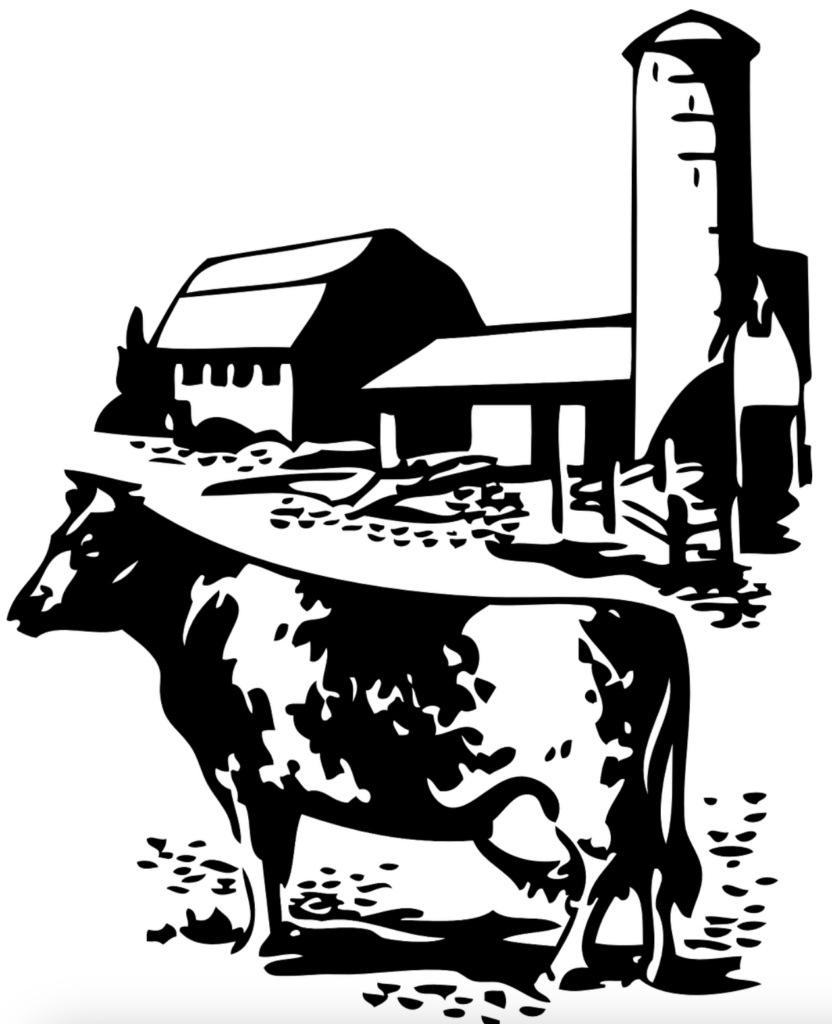
Another major factor in making quality cheeses is making the whey instead of buying the starter cultures from a supplier. Using curd made in-house sets apart quality cheeses from factory mass products. Adding rennet to the freshest milk begins the transformation from milk to cheese which is the curdling process of setting, resting, cutting, agitation, cooking, stirring, and pressing. Curd formation determines the quality of cheese.
Brining is the next step in cheese making. Brining is a process similar to marinating. Young cheeses get soaked in a saltwater solution for a specific time. The salt in the solution draws moisture out of the cheese and helps the formation of the rind. A balanced salt level is essential to develop the flavor of cheeses.
Air-drying cheeses naturally in climate-controlled caves to remove moisture is just as important as using the freshest milk to make the whey. Each wheel of cheese is hand-turned to ensure proper drying, rind formation, uniform distribution of salt, and development of flavor are processes that produce the best quality cheese.
The last step is the aging process. During aging, fats and proteins transform, and the cheese assumes its characteristic flavor. The longer a cheese ages, the deeper the straw color appears, and the taste is further enhanced.
Of course, not all cheeses need to dry and age, but the process of producing quality cheeses is the same. Hands-on traditional practices create better quality products.
Parmigiano Reggiano is one of the most known names in parmesan cheeses. Made from cow’s milk with a nutty flavor with a hard granular texture and aged for at least twelve months.
For parmesan cheese to get classified as Parmigiano Reggiano, it must come from particular regions of Italy and contain only certain approved ingredients. The two areas in Italy where Parmigiano-Reggiano comes from are the provinces of Parma and Reggio Emilia, and also produced in Bologna west of the River Reno and in Modena and as in the part of Mantua (Lombardy), which is on the south bank of the River Po. All areas are in the Emilia-Romagna region.
Parmigiano Reggiano is made from unpasteurized cow’s milk using the whole milk of the morning milking and mixed with the naturally skimmed milk from the night before. Naturally skimmed milk is made by keeping milk in large shallow tanks to allow the cream to separate.
PDO stands for Protected Designation of Origin. It is a type of geographical indication of the European Union and the United Kingdom aimed at preserving the designations of the origin of food-related products. In 1992 the PDO was formed. The purpose is to designate products produced, processed, and developed in a specific geographical area, using the recognized know-how of local producers and ingredients from the region concerned.

A cow’s milk cheese ranging from smooth for the fresh Asiago to the crumbly texture for the aged Asiago. In Italy, Asiago has a protected designation of origin.
Burrata
Is an Italian cow milk (occasionally buffalo milk) cheese made from mozzarella and cream.
The outer casing is solid cheese, while the inside contains Stracciatella and cream, giving it an unusual, soft texture.
Parmesan
Is an Italian hard, granular cheese produced from cows’ milk and aged at least 12 months. Parmesan is protected by the PDO.
Gorgonzola
Famously known for its pungency. Is a veined PDO Italian blue cheese, made from unskimmed cow’s milk. It can be buttery or firm, crumbly and quite salty, with a “bite” from its blue veining
Fontina
A cow’s milk cheese was first produced in Italy. Fontina is a cheese that is semi-soft to hard in texture and mild to medium-sharp in flavor. It has a milk fat content of around 45%.
Mozzarella
A southern Italian cheese traditionally made from Italian buffalo‘s milk. Fresh mozzarella is generally white but when seasoned it turns to a light yellow depending on the animal’s diet.
Kasseri
A medium-hard or hard pale yellow cheese made from pasteurized or unpasteurized sheep milk and at most 20% goat‘s milk.
Pepato
Pepato is a semi-hard sheep milk cheese with peppercorns.
Provolone
It is an aged pasta filata (stretched-curd) cheese.
Pasta filata is a technique in the manufacture of a family of Italian cheeses also known in English as stretched-curd, pulled-curd, and plastic-curd cheeses.
Provolone, provola, and provoleta are versions of the same basic cheese. Some versions of provolone are smoked.
Ricotta
Is an Italian whey cheese made from sheep, cow, goat, or Italian water buffalo milk whey left over from the production of other cheeses.
Mascarpone
Is a soft Italian acid-set cream cheese.
Mascarpone is milky-white in color and is easy to spread.
Mascarpone is one of the main ingredients in tiramisu.
Sometimes it is used instead of, or along with, butter or Parmesan cheese to thicken and enrich risotto.
Mascarpone also is used in cheesecake recipes.

